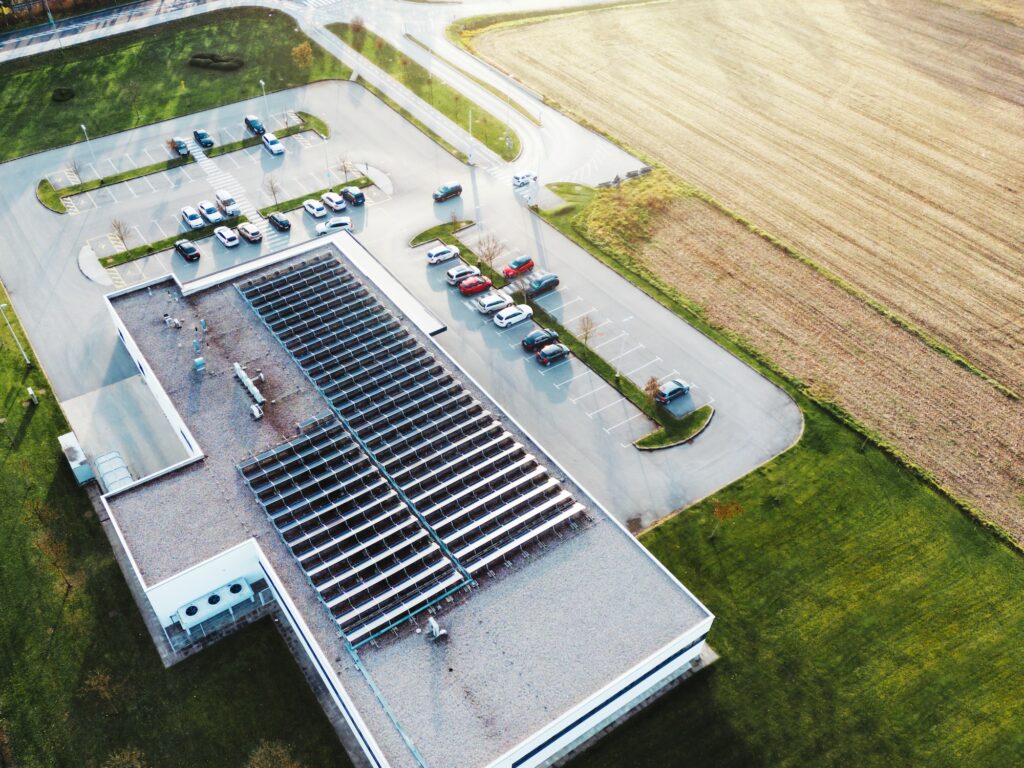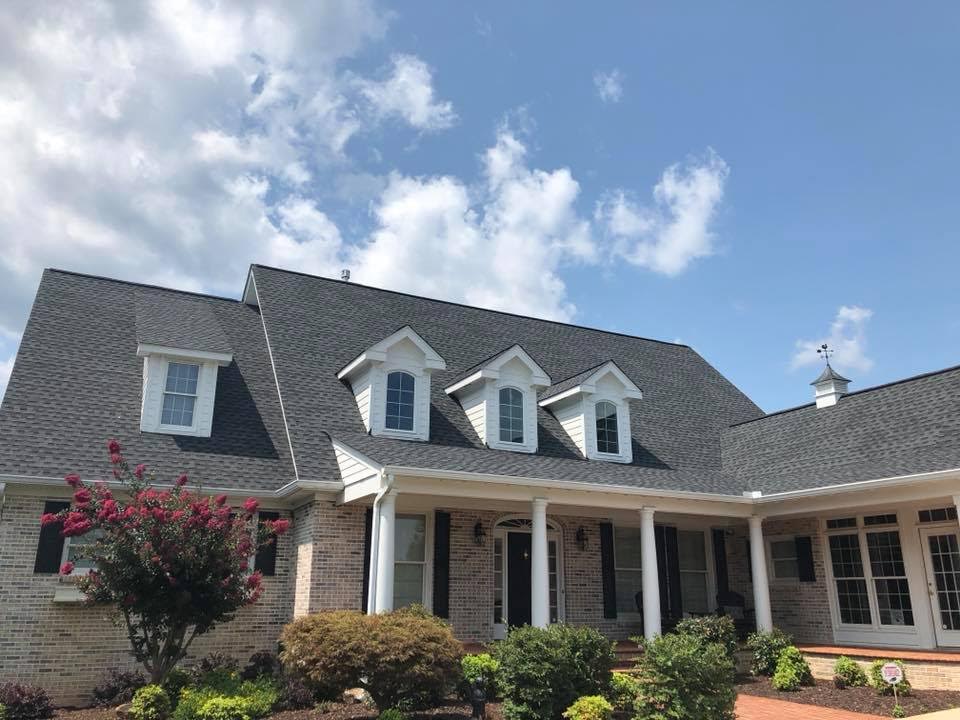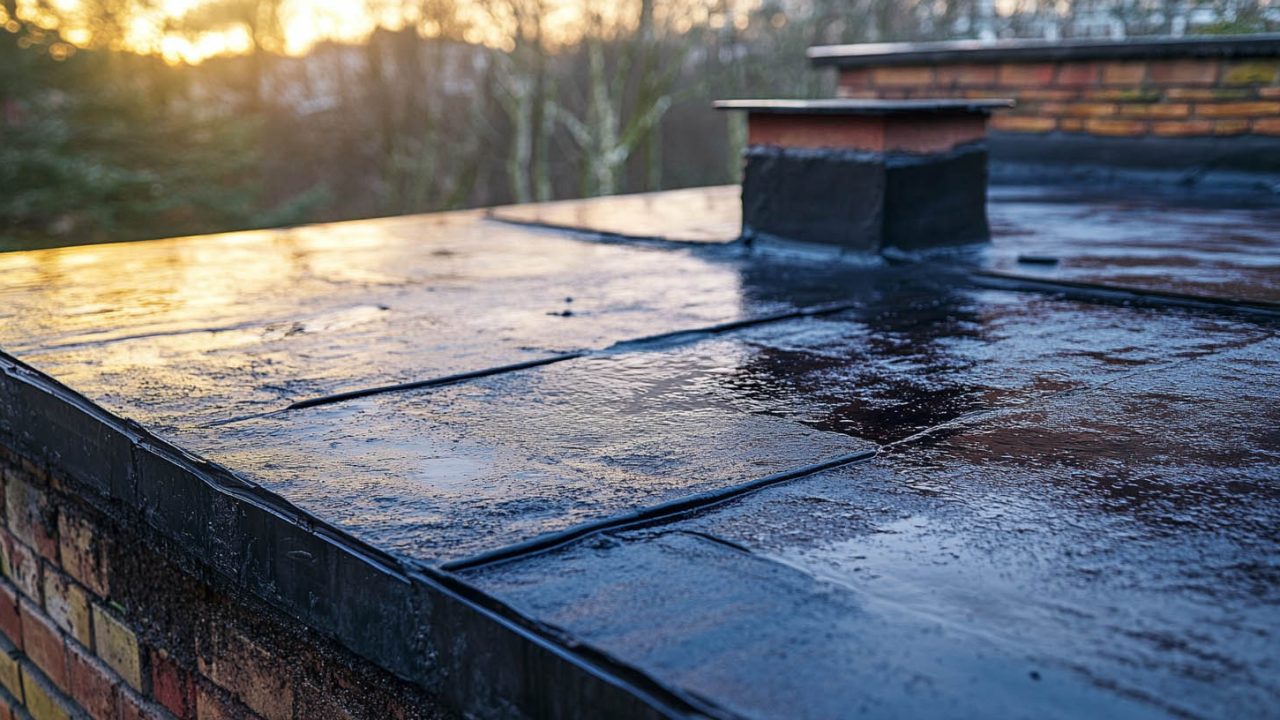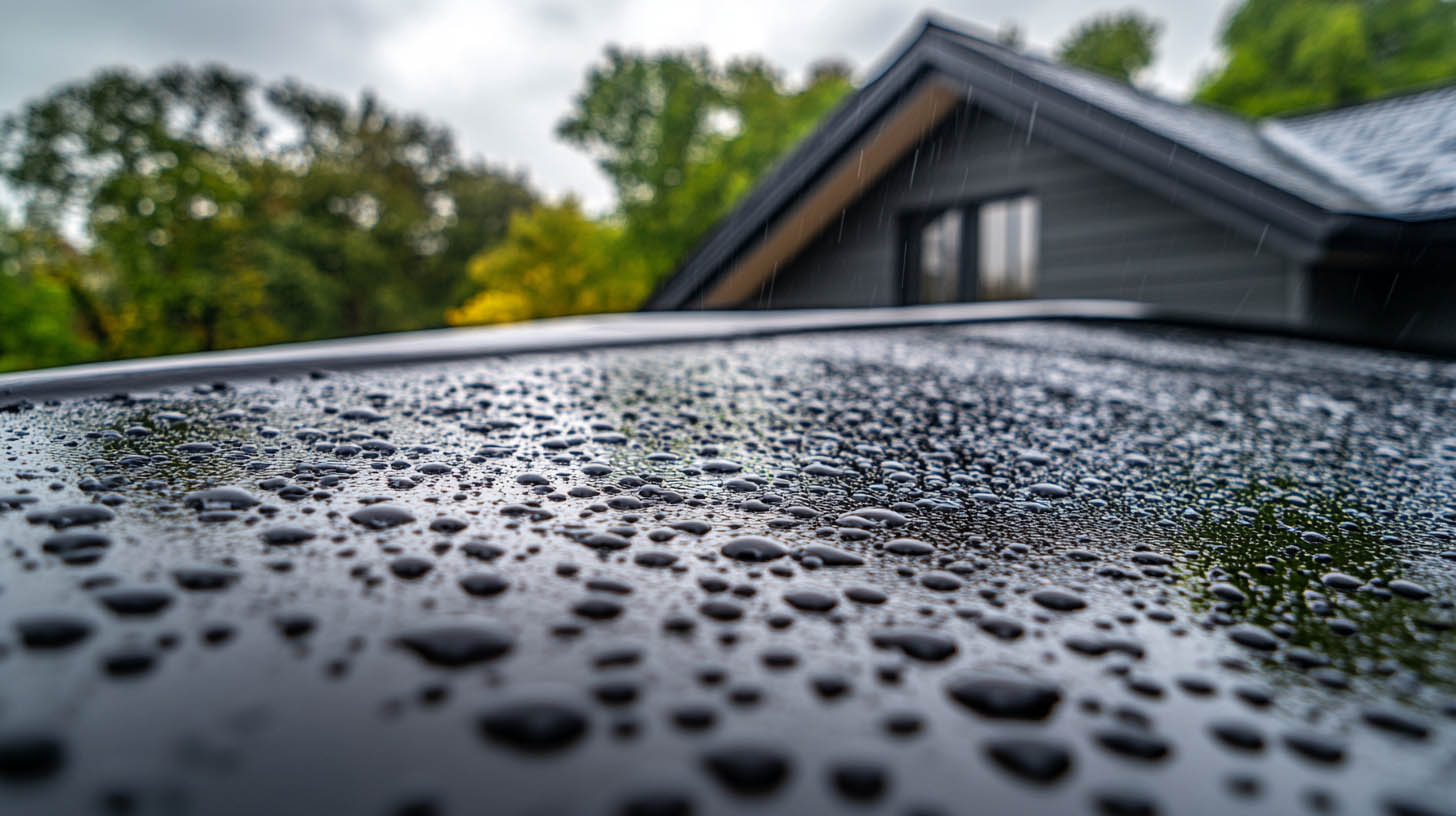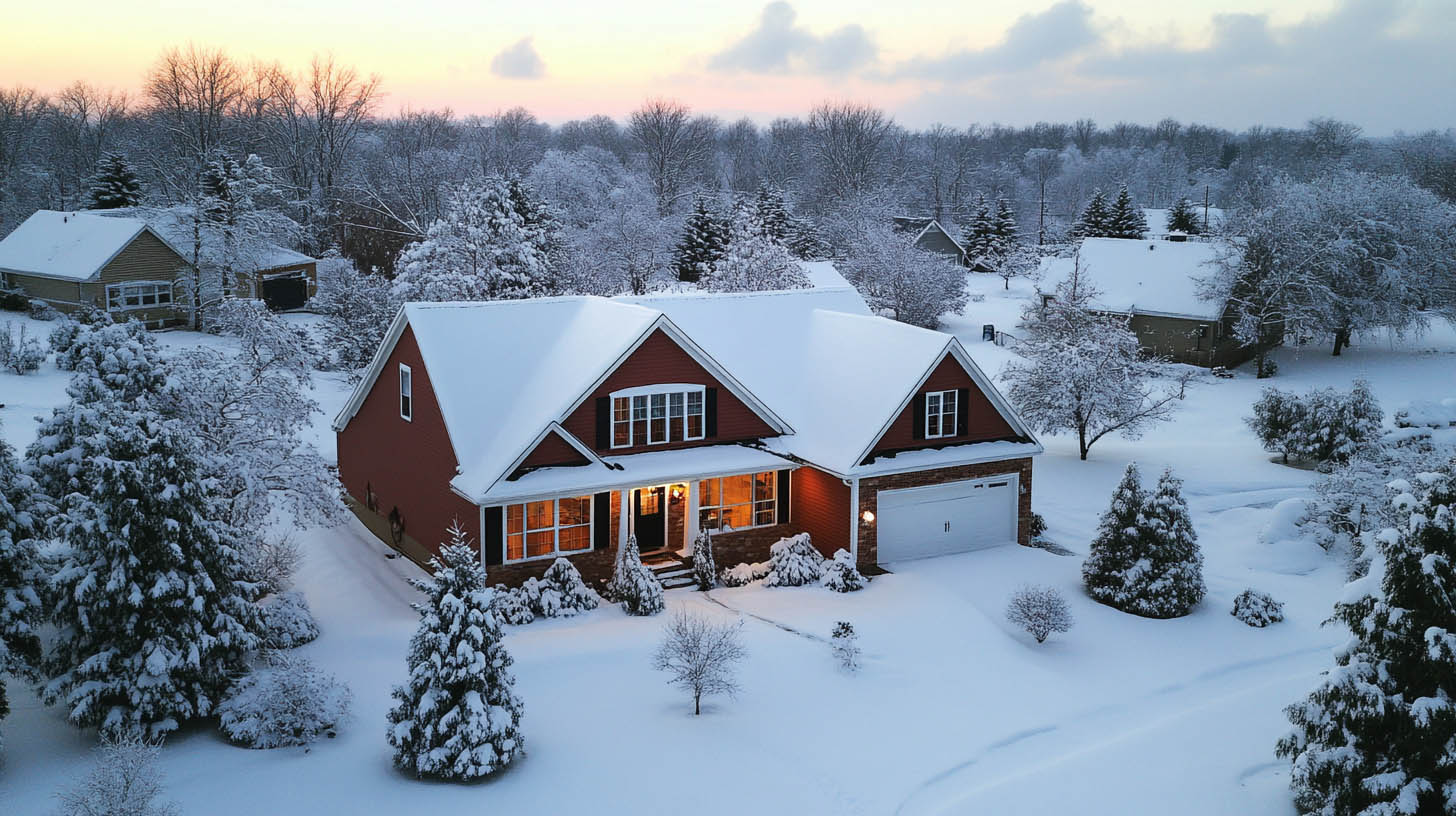Flat roofs are popular for commercial and residential buildings due to their cost-effectiveness and space efficiency. However, they come with unique challenges, especially when it comes to repairs. At United Contracting & Roofing LLC, we specialize in repairing flat roofs and extending their lifespan. Here’s a comprehensive guide on whether a flat roof can be repaired and how to go about it.
Understanding Flat Roof Materials
To determine if a flat roof can be repaired, it’s essential to understand the types of materials commonly used. The main materials include:
1. Single-Ply Roofing (TPO, PVC & EPDM)
Single-ply roofing is one of the most popular choices for flat roofs. These materials come in different thicknesses, with options like 45 mil or 60 mil, indicating the durability and warranty period of the product.
- TPO and PVC: These roofs are made of three layers – a base layer, a scrim (reinforced woven fiber), and a top layer that protects against UV rays. Repairs are possible if the top layer is intact, allowing new material to be welded to the existing roof.
- EPDM: EPDM roofs, usually available in 45 or 60 mil thicknesses, use adhesive or seam tape instead of welding for installation. Over time, these roofs tend to shrink, which can make repairs more difficult, though still feasible.
2. Modified Bitumen (Rubber Roofing)
Modified bitumen is considered the second generation of flat roofing. It can be installed using hot tar, cold tar, torch, or self-adhered methods. The condition of the top layer is crucial for repairs.
- Installation Methods: The installation method and top layer condition determine the feasibility of repairs. Asphalt primer is often used to prepare the area before applying new material.
3. Built-Up Roofing (Hot Tar Roofing)
Built-up roofs are known as the “OG” of flat roofing, consisting of layers of fiberglass rolls and hot tar. The top layer, often a flood coat of hot asphalt with rocks, plays a significant role in determining repair feasibility.
- Repair Challenges: Repairs can be challenging, especially with a rock finish. However, if the top layer is in good condition, repairs are possible.
Effective Repair Solutions
Single-Ply Flat Roofing Repairs: TPO, PVC & EPDM
Single-ply roofs are relatively easy to repair if they have useful life remaining. The repair process involves cleaning the area and bonding new material to the existing roof.
Modified Bitumen Roofs
Modified bitumen roofs require proper preparation, including cleaning the area and applying asphalt primer before adding the new material. The success of repairs depends on the condition of the existing roof and the expertise of the roofer.
Built-Up Roofs
Built-up roofs can be repaired if the top layer is in good condition. The process involves preparing the area and applying new materials to stop leaks and restore functionality.
Factors Affecting Repair Feasibility
Condition of the Roof
The overall condition of the roof determines the feasibility of repairs. Roofs with significant wear and tear or extensive damage may require more extensive work or replacement.
Type of Damage
The type and extent of damage also play a crucial role. Minor issues like small punctures or localized leaks are easier to repair compared to widespread deterioration.
Expertise of the Contractor
The experience and skill set of the roofing contractor are critical. Hiring a professional with expertise in flat roof repairs ensures the job is done correctly and effectively.
Conclusion
Flat roofs can often be repaired, depending on the material, type of damage, and overall condition. At United Contracting & Roofing LLC, we provide expert flat roof repair services to help extend the life of your roofing system.If you want to know more about Why Your Roofing Company Needs an Insurance Claim Expert, click here.

